Jung, spontaneity and creative instinct
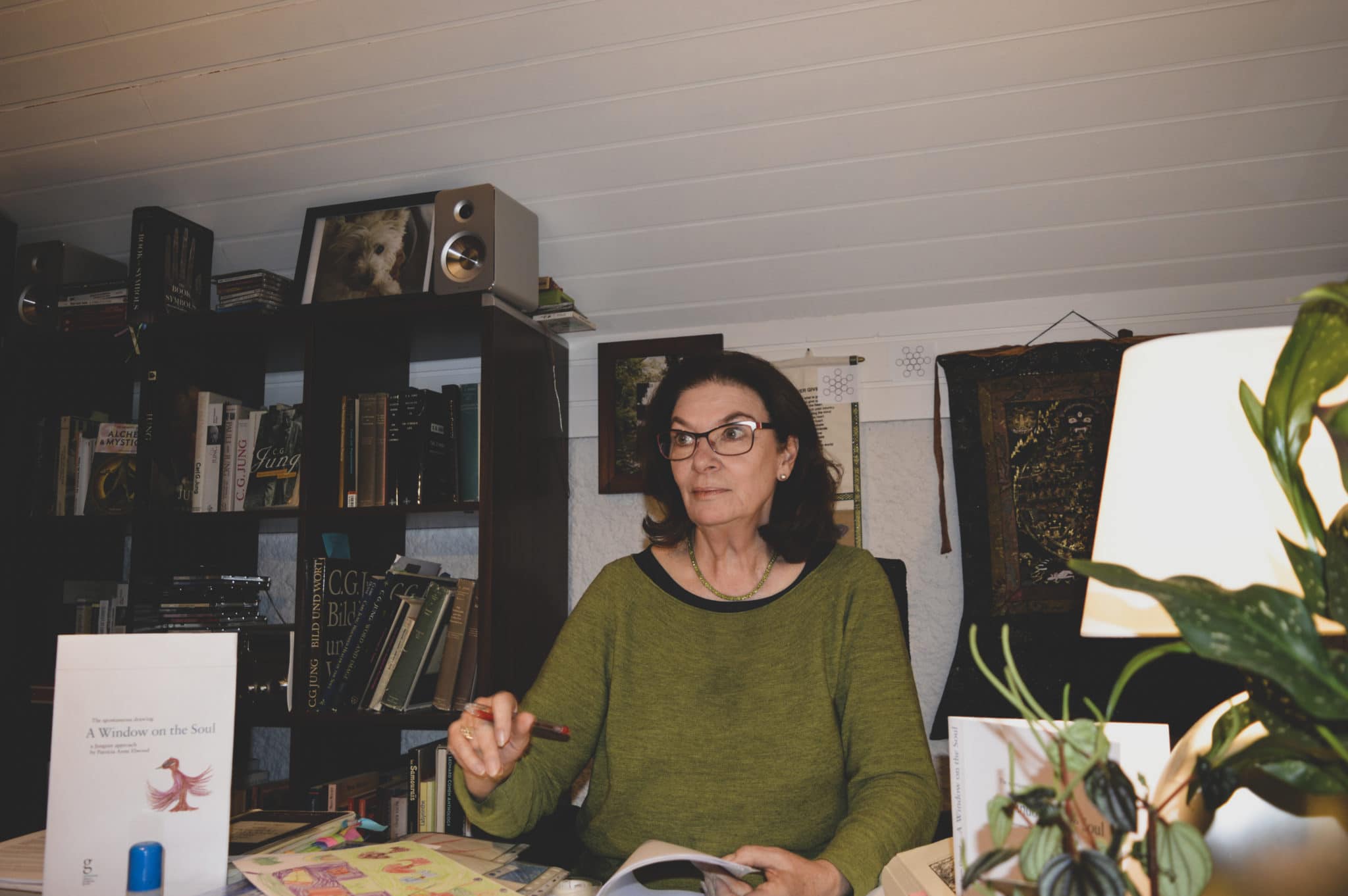
by Patricia Anne Elwood, Jungian analyst, Lausanne, Switzerland
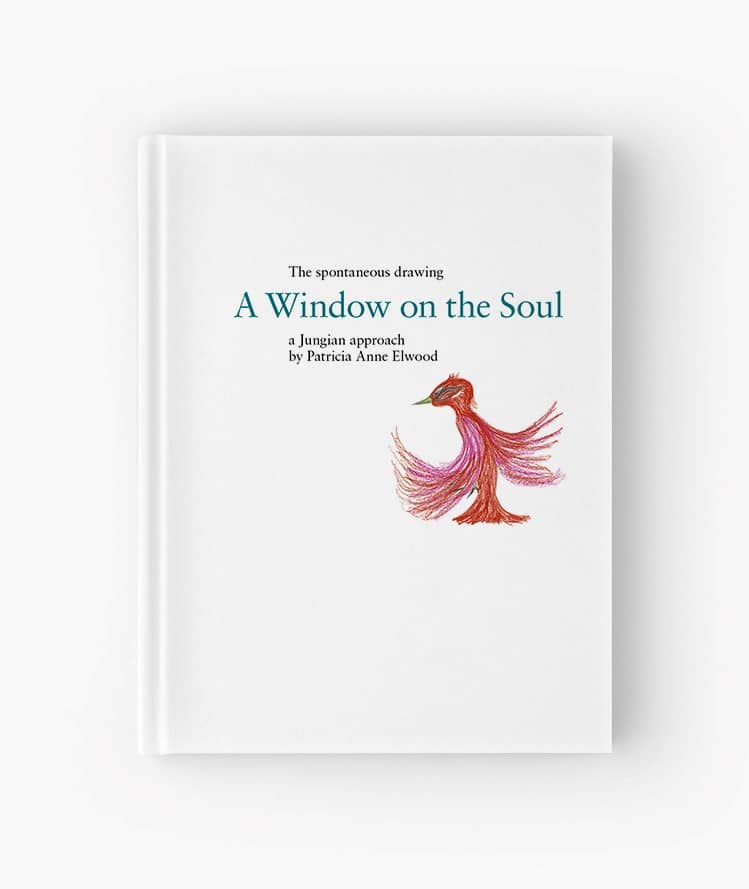
In our age of compulsive attention to technology there is a risk of loosing access to spontaneity and creative instinctive sources. Some teachers say that young children don’t draw or paint spontaneously anymore. Recently collaborating with a group of teachers who complained of this specific lack in children’s interest, spontaneity was encouraged and alternatives presented. Consequently all the children engaged in an amazing and dynamic process. This can happen because spontaneity is natural and in – stinctive and can be retrieved at any age or stage of development.
Carl Jung, the famous Swiss psychiatrist, devoted his life to exploring the psyche. Delving into the depths of his own unconscious his main access, apart from dreams, was through spontaneity. Jung himself drew, painted and sculpted all his life. Every stage of his self-exploration was accompanied by the taking up of pen, pencil, brush or chisel, and plunging again and again into this zone of unknowing so as to allow the unconscious to have its way through spontaneity.
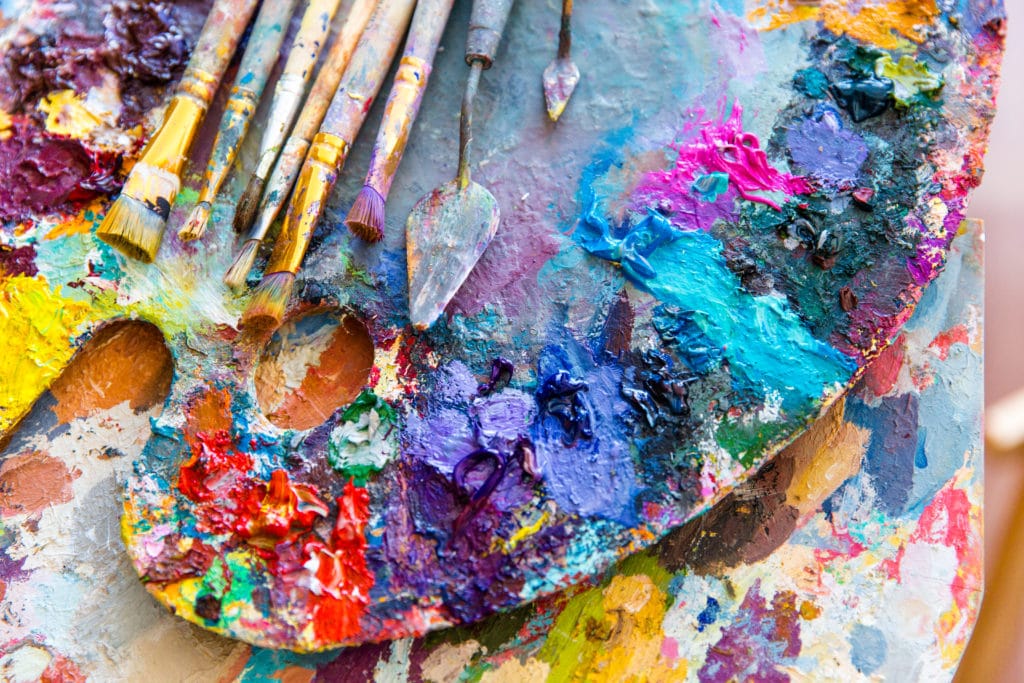
Jung admits he didn’t always know where this would lead him, but he distinctly felt that despite a lack of rational understanding, he could follow the intuition that his drawings were highly significant. During the period in his life when he lost all outer orientation he turned inwards and began drawing mandalas daily.
Jung, in his own process of maturation evolved from a rational thinker to an open-minded intuitive who became capable of apprehending deeper feelings, without a need for understanding. He even welcomed the place of not knowing with curious enthusiasm. As regards the mandalas he had not fully realized the effect and what they eventually led to but he assiduously persisted in his drawings. Jung professed; “we must let things happen in the psyche… there are things in the psyche which I do not produce, but which produce themselves and have their own life.”
Eventually through dreams, drawings, active imagination, his mandalas and his spontaneous activities, Jung came to the centre in himself.
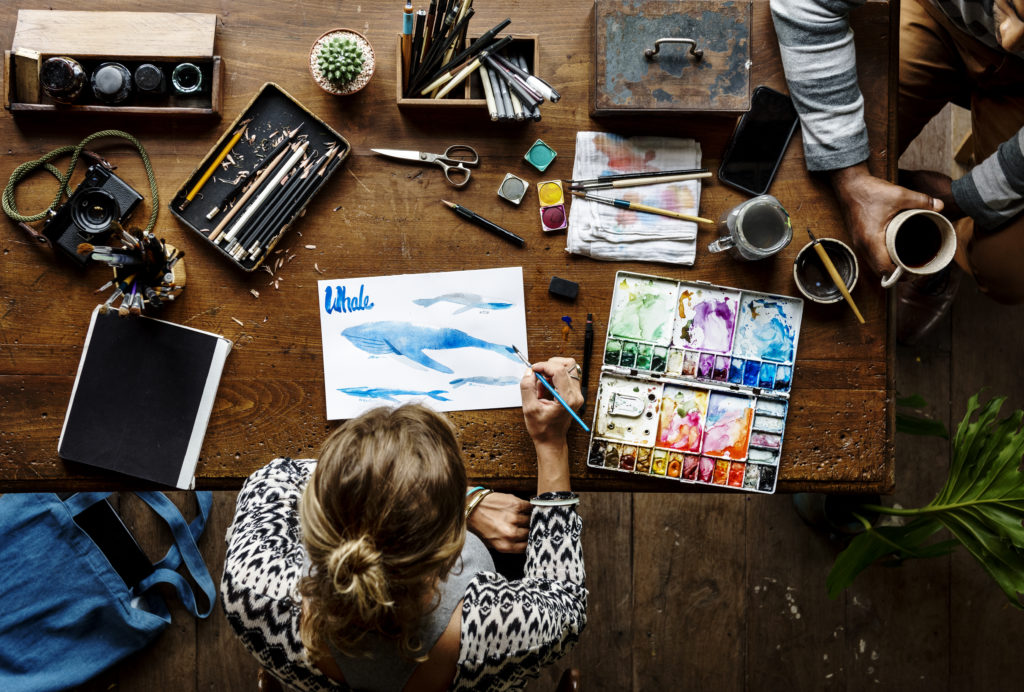
Jung’s methods produced a template for patients, friends and collaborators in his time. He encouraged those around him to follow a similar path towards “the Self” through all forms of spontaneous drawings and paintings. Many of his friends and contemporaries became passionate followers involved in what was at the beginning of the 20th century an exciting avantgarde movement. His work and research provided a paradigm shift into an innovative approach where new ground was broken and hitherto mysterious dimensions were brought to light. Jung attributed the greatest importance to the image itself, believing that once emotions take form in images the conscious mind can actively participate in recycling the energies attached to the images and subsequently re – turn to a state of equilibrium. He says “To the extent that I managed to translate the emo – tions into images- that is to say, find the images which were concealed in the emotions- I was inwardly calmed and reassured.”
In Liber Novus, his famous Red Book, he declares: “The wealth of the soul exists in images.” This was Jung’s personal credo.
Jung describes different levels in the unconscious; the personal level, which refers to personal experience, and a deeper impersonal level, belonging to the mind bank of humanity which he called the collective unconscious. For Jung the collective unconscious is the realm of instincts and archetypes.
What do we understand by instincts and archetypes? What is their relationship to each other, and their function in the psyche? Instinct and archetype influence each other intimately. Instinct is responsible for the activation or triggering of a mode of functioning; the archetype is the pattern or underlying structure that the mode of functioning falls into.
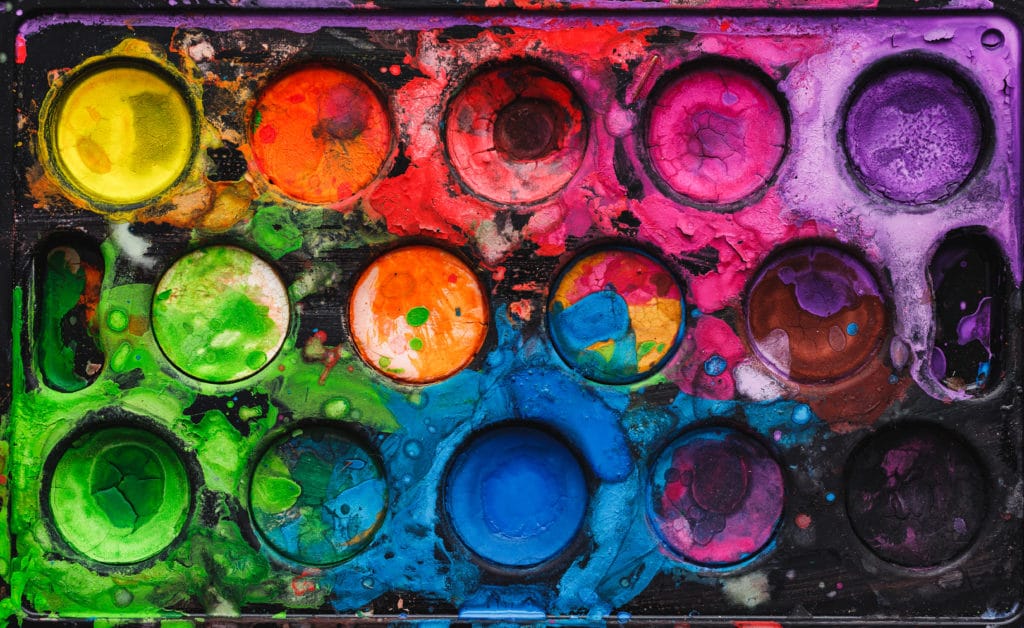
Jung explained instinct as being a set of accumulated, inherited patterns which no longer require learning in order to be activated. We have only to observe young children who, at the sight of certain gadgets, have an automatic ability when it comes to technical skills, even where no learning has taken place. The gadget provides an image, which activates a process, which is triggered into action.
Jung defines instincts as “motive forces”. Instinctive perception activates, patterns in the psyche unfold, leading to a release of psychic energy and a feeling of flow, advancement and especially leading to renewed ideas and inspirations.
Spontaneous drawing gives access to this instinctive level in the psyche which allows for creative progression. The knowledge that spontaneous drawing provides access to the psyche and can even produce processes that are unexpected for the conscious mind re – mains mostly unrecognised. And yet many great artists, inventors or inspired writers sought access to spontaneity.
Jung says; “If there is a high degree of conscious cramp, often only the hands are capable of fantasy; they model or draw figures that are sometimes quite foreign to the conscious mind. These exercises must be continued until the cramp in the conscious mind is relaxed, in other words, until one can let things happen, which is the next goal of the exercise. In this way a new attitude is created, an attitude that accepts the irrational and the incomprehensible simply because it is happening.”
What is important in this approach is the dialogue that one may establish with the unconscious. Spontaneous drawing from a Jungian perspective is not confined to any age group; it is universal and can be addressed to any person, of any age, sex, cultural background, or religion, and goes far beyond childish expression.
The interpretation is however a science and an art. As a science one needs a basic understanding of the structure and dynamics of the psyche as well as experience with symbolism and unconscious processes. As an art it re – quires experience and encompasses all the functions of the psyche, feeling, thinking, sensation and intuition.
Jung says in his famous Red Book, which I prefer to call “Liber Novus” as he himself entitled it: “scholarliness is not enough, there is knowledge of the heart that gives deeper insight.” It is this knowledge of the heart that one must open to so as to be able to grasp the mind in the background that is expressing it – self through the drawing. This is an acquired art that goes with self-development and empirical experience. Letting go of the think – ing mind to reach the level of the irrational prelogical mind is what Jung had to do and which he advocates.
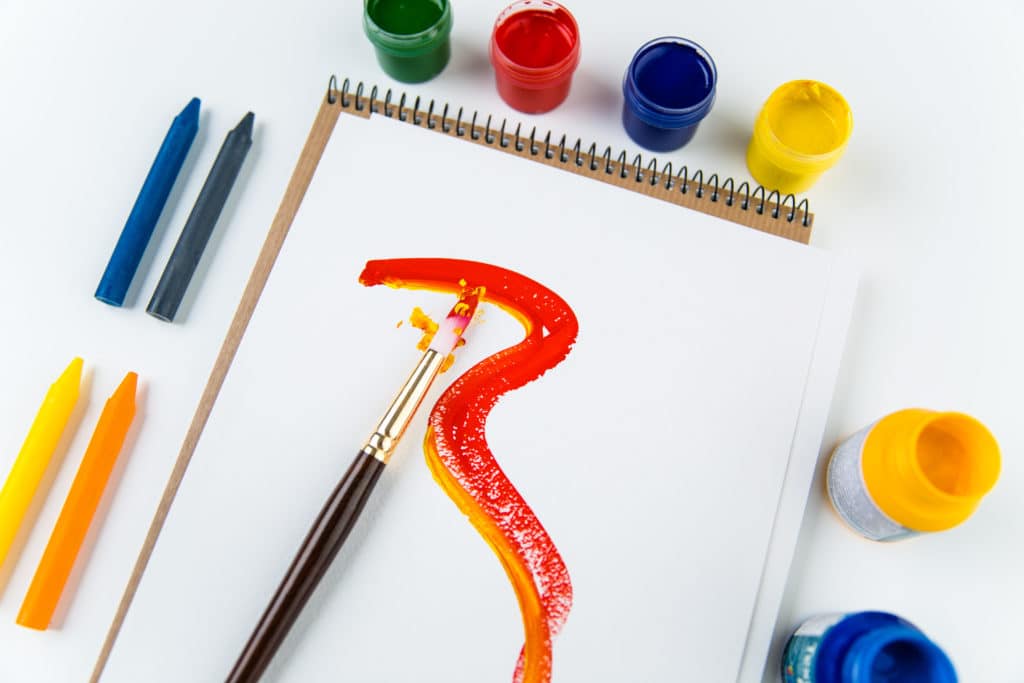
In the autumn Routledge & CO.UK are publishing; A Jungian approach to spontaneous drawing, A Window on the Soul.
This book follows a Jungian approach and includes an introduction to the psychology of Jung.
The aim is to encourage others to access their unconscious through this simple method. It is also meant to provide a tool for those working in the helping professions who need to refresh their therapeutic proposals, and as an alternative to a purely rational approach. The fact that spontaneous drawing is accessible to all beyond age, culture, religion, and often even beyond pathology means that it may be applicable in many domains. One specific aim is to provide an authentic direction for self-development or diagnostic insight in certain pathological cases. It may be explored and tested in an endless variety of fields.





